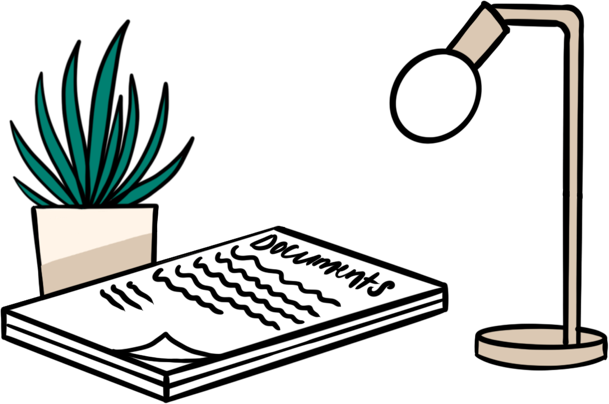Buying a home with others can be both exciting and complicated. Whether buying with a spouse, family member or friend, having multiple owners involved means ensuring everyone is on the same page about their rights and investments from the start.
If you don’t want to go down the route of joint ownership, that’s where a Deed of Trust comes in – a legally binding agreement that clearly defines each co-owner’s stake in the property.
This guide covers everything you need to know about Deeds of Trust – what they are, why they’re important, how to get one, and what they cover.
Let’s get started.


